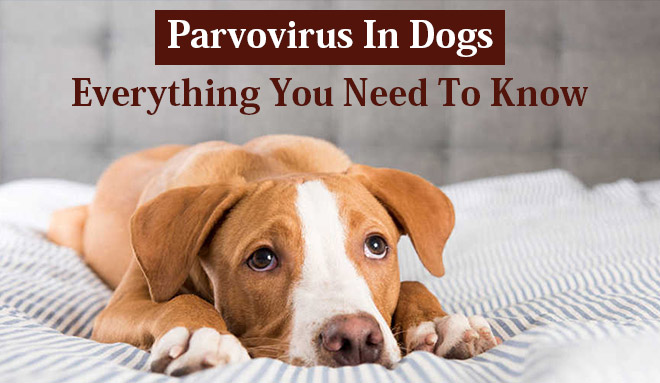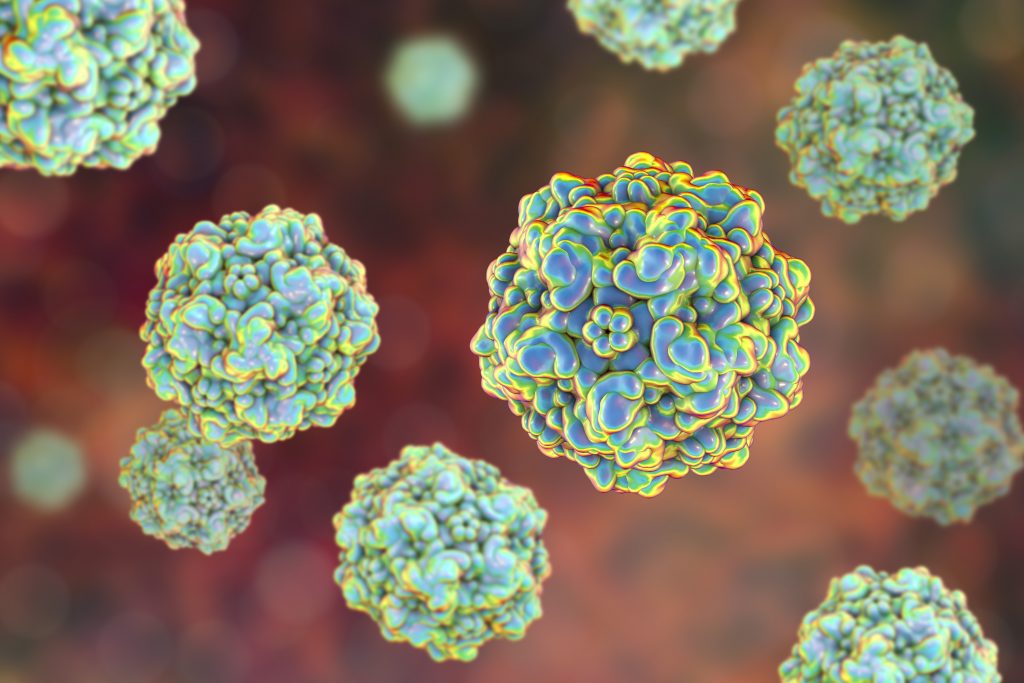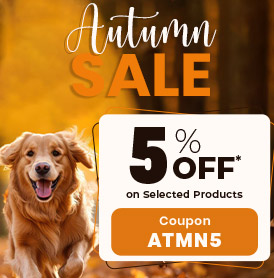Canine Parvovirus is an extremely contagious virus which can affect dogs of all age groups. Among those, puppies younger than four months of age and unvaccinated dogs are at the highest risk. Canine parvovirus, commonly known as “parvo” is one of the most serious diseases dogs can get. However, it is preventable with proper vaccination.

This blog will provide you with everything you need to know about parvovirus in canines, how you can detect illness, signs of the disease, and things you need to do if your dog is infected with the virus. Read the blog to know more.
What is Parvovirus?
Parvo in dogs and puppies is caused by the canine parvovirus. The virus is extremely contagious, which spreads either by direct contact with an infected dog or by a contaminated object. Your canine is exposed to the virus every time it encounters other dogs, consumes infected feces, or even when it sniffs or licks.

Your dog can indirectly get the transmission when someone who has been in contact with an infected dog meets your puppy, or your dog touches a contaminated object like a bowl, collar, leashes, or food.
This virus infects a dog’s small intestine destroying the cells and hampering the absorption and disrupting the gut. It also affects the bone marrow and sometimes affects the canine heart as well.
Causes of Parvo
Parvo is one of the most contagious diseases in dogs which spreads rapidly. It is not an airborne disease. The virus can be found on various surfaces.
Canine Parvovirus is escalated by contaminated objects like feces, bowls, collars, and leashes. The virus can survive on the ground surface, on clothes, in kennels and on many other objects. Moreover, your puppy can carry the virus on their fur and paws after encountering an infected dog or an infected object.
Common Signs of Parvo in Dogs
A dog infected with parvo is a sick dog that shows a variety of symptoms. It is vital that you detect these symptoms and get your canine to a vet. Here’s a list of possible signs of a parvo-infected dog:
- Fever
- Lethargy
- Vomiting
- Weight loss
- Loss of appetite
- Blood in feces
- Diarrhea
- Dehydration
If you see one or more of these symptoms, rush to a veterinarian. Be sure to inform the vet clinic staff about the possible illness so they can follow precautionary measures and prevent the disease from spreading to other dogs.
Diagnosis
A dog’s history of illness, physical examination and laboratory tests can help suspect the Parvovirus infection in dogs. Fecal tests of suspected dogs can help confirm the diagnosis of canine parvovirus.
Treatment
There is no specific drug or a determined line of treatment for parvo-infected dogs. However, your veterinarian can provide supportive treatment until your dog’s immune system fights the virus.
Early treatment should be able to combat dehydration by electrolyte infusion to cover up fluid and nutrition loss, controlling diarrhea and vomiting and preventing secondary infection with antibiotics at the same time.
Once your dog reaches the recovery phase, talk to your veterinarian and ask for the appropriate post-treatment steps you need to follow in your household.
Prevention of Parvo in Dogs
Parvo virus infection can be prevented. All adult dogs, puppies and breeding dogs should receive their parvo vaccinations. It is necessary to ensure that all the dogs in your household receive their parvo vaccines.
Practice precaution while socializing puppies and not allow puppies to meet unvaccinated dogs.
In the End
Canine parvovirus is a serious illness. But with appropriate attention, care and treatment, you can help your dog overcome the disease. Be sure that you follow your veterinarian’s instructions all the time; vaccinate your puppy against parvo and all other serious illnesses.

